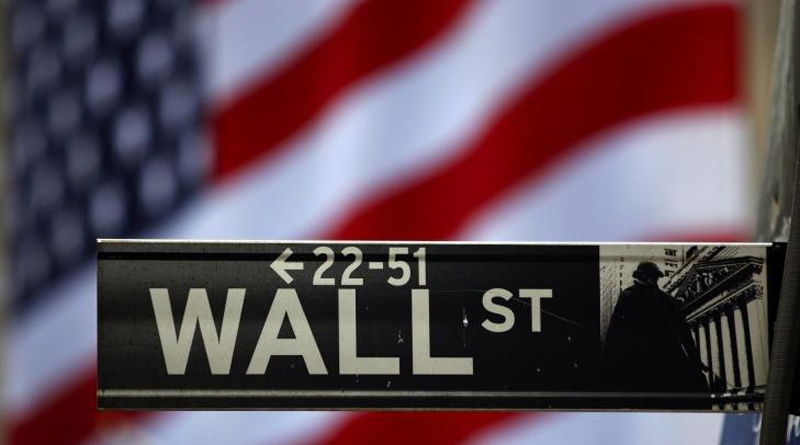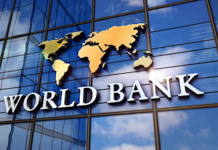by Amal Mohy
The last quarter of the year sparks hopes for businesses with waning dollar, higher oil and commodity prices, sharp rebounds in emerging currencies and stock market gains. Global markets have rallied recently after minutes from the Federal Reserve’s latest meeting were released indicating that the US interest rates are unlikely to increase until 2016. This has restored confidence in global markets after investors have been concerned the Fed was about to end zero-interest rates era. Along with the recent US jobs report, this has been great news for investors.
However, the Fed policy makers do not like to hear people saying they will never raise interest rates or at least in 2015. “Policy makers do not want the odds of 2015 liftoff to fall too low — they want to preserve the option to hike,” said Carl Riccadonna, chief US economist for Bloomberg Intelligence in New York.
In this regard, when asked if he was still with the camp that believes the Fed will raise rates in 2015, Stanley Fischer, the Fed vice chair, replied, “based on my forecast, yes I am, but it’s a forecast. And we’re going to get a lot of data between now and December.” The Fed meets has two more meetings this year, one late this month and one in December.
Dollar Drops
The news weighed on the dollar which hit multi-week lows of 0.75 per cent against the euro last Friday, while currencies of emerging economies hiked. Investors “certainly looked at what the minutes of the meeting said, and that encouraged people to position themselves for the dollar to sell off,” said Lane Newman, director of foreign exchange at ING Capital Markets in New York. The euro was up 0.71 per cent against the dollar at $1.13555. The dollar was down 0.47 per cent against the franc at 0.96150 franc. Yet, the dollar was up 0.28 per cent against the yen at 120.270 yen.
Markets Rebound
Optimism drove markets up to see the biggest rally since 2011. The FTSE World index surged 3.9 per cent over the last week in its best five-day performance since 2011. For the FTSE 100 too, a 5 per cent gain is the highest in four years since the 7.5 per cent gain during December 2011. The European markets rebounded as well, with Germany’s Dax adding more than 1 per cent on Friday and France’s Cac closing 0.5 per cent higher. US stocks hiked— the Dow Jones Industrial Average was up 138.46 points, or 0.8 per cent, closing at its highest level since late August; while the S&P 500 rose 0.9 per cent, and Nasdaq rose 0.4 per cent. Australia’s S&P/ASX 200 finished at 1.3 per cent, marking its fifth straight day of gains. The Nikkei closed up 1.6 per cent, close to its highest level in almost a month and the Hang Seng Index rose 0.7 per cent. The Shanghai Composite surged 1.3 per cent, adding to a 3 per cent increase in a prior session.
High oil prices are back
With tensions in the Middle East, Russian military operations in Syria, lower dollar and weaker US oil production; world oil prices have hit higher records recently breaking back the barrier of $50 a barrel for the first time in three months. US crude futures were selling 2 per cent higher at $50.50 early on Friday. After the Russian military intervention in Syria last week, investors have been concerned about violence in the region which could affect oil production and transport. Besides, the Fed minutes impacted the dollar which in turn boosted world oil prices. Needless to say, oil is priced in dollars so a lower dollar means more value added to oil. Add to these, the US Energy Information Administration said recently US crude oil production decreased by 120,000 barrels per day in September compared with August. It added that US production will continue declining until the middle of next year. All these factors have contributed to reducing pressure on oil prices.
Commodity Prices Higher
Like oil companies, commodity companies were among the main beneficiaries last Friday; particularly after speculations that the Chinese economy would be supported by the central bank and after weakness of the dollar – in which metals are priced– as probabilities of a US rate hike waned.
Another, the news about the conflicts of Glencore PLC, the commodities giant, is actually music to the ears of global markets as the company shuts down its supply of many traded commodities from zinc to copper; driving rebounds in these fields, supporting metals’ prices and boosting mining shares. Glencore, the world’s biggest zinc producer, said last Friday it will cut annual zinc production by roughly a third. However, analysts are still cautious since demand is already falling and Glencore’s decisions do not have a lasting effect especially when China, the world’s biggest consumer of commodities, is still slowing down.















